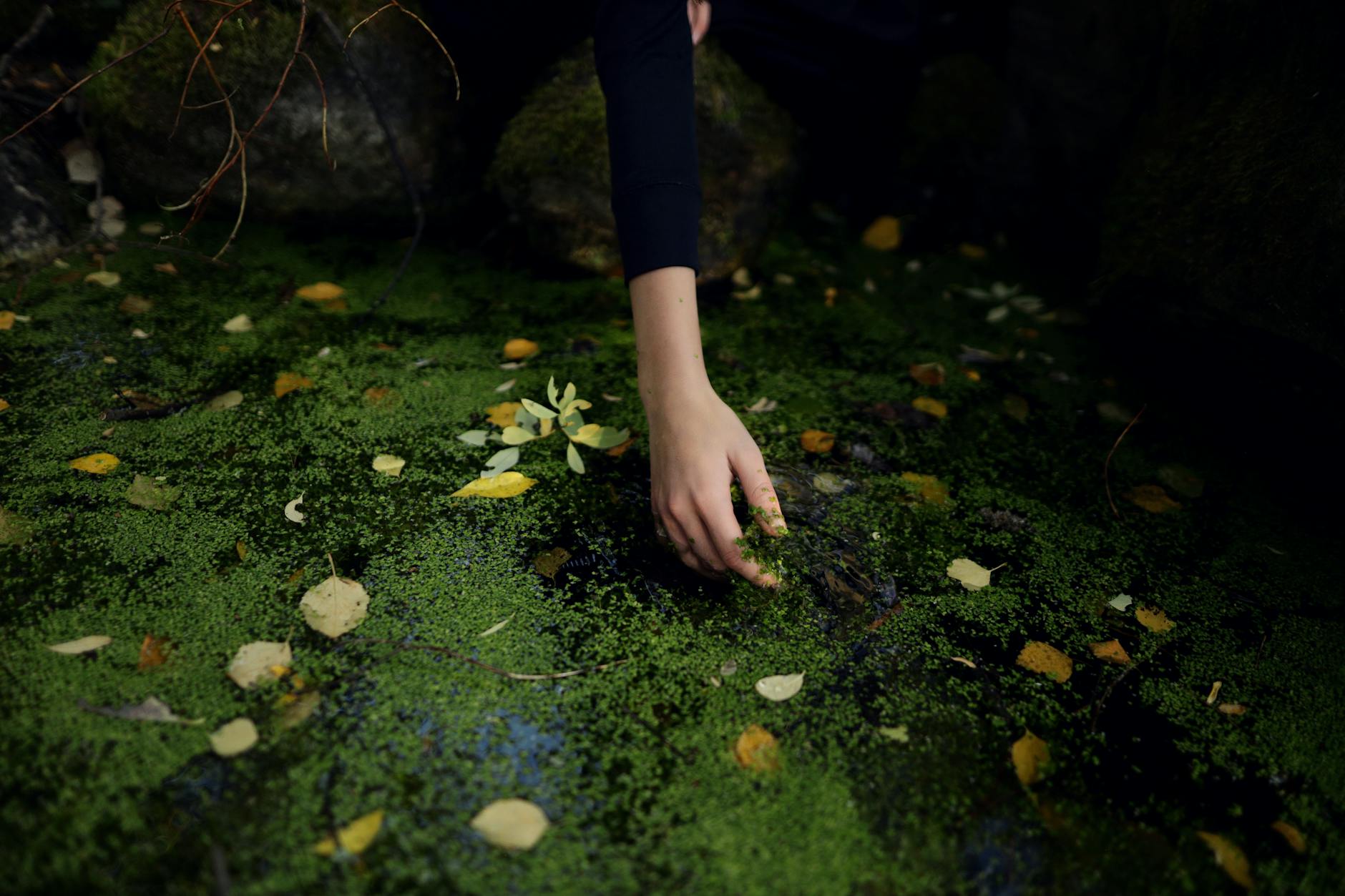Introduction
In the dynamic intersection of agriculture and conservation, finding a balance between land use and ecosystem protection is a global challenge. This issue is particularly acute in Brazil’s Atlantic Forest, a region under significant pressure from agricultural expansion. Here, the imperative to reconcile economic activities with environmental conservation is critical, especially given the high population density and the intense agricultural activities that threaten this unique biome. This blog post explores a groundbreaking study on the use of *Lemna minor* (duckweed) in a Nature-based Solution (NBS) to address these challenges through effective water phytoremediation and the production of high-value coproducts, all within the context of a circular economy.

The Problem
The Atlantic Forest in southeastern Brazil has been heavily impacted by agricultural activities, leading to significant environmental degradation. With only 12% of the original forest cover remaining, and most of it fragmented, the region faces the dual challenge of preserving biodiversity while supporting the livelihoods of local communities. Among the key environmental issues is the improper disposal of effluents from agricultural practices, particularly from fish farming, which release high levels of nutrients like phosphorus and nitrogen into the environment. This not only threatens water quality but also violates environmental regulations, putting small farmers at risk of penalties.
The Solution: Nature-based Systems and Duckweed
To address these challenges, the study implemented a Nature-based Solution (NBS) using Lemna minor in small fish farms. This approach leverages the natural capabilities of duckweed for phytoremediation—the process of using plants to remove contaminants from water. Duckweeds are particularly effective at absorbing large quantities of nutrients, which makes them ideal for treating effluents from fish farming.
The study had two primary objectives:
1. Implement an NBS to improve water quality through phytoremediation in small fish farms.
2. Develop high-value coproducts from the biomass of duckweed, contributing to a circular economy.
Study Design
The research was conducted in three family units in the rural area of Cajati, São Paulo. The study used Clarias gariepinus, a species of catfish, reared in elevated tanks. Two management approaches were tested:
System I: Duckweed was cultured every 15 days, with biomass harvest and effluent analysis conducted over a 60-day cycle.
System II: Duckweed was cultured every 30 days, following a similar cycle.
Additionally, the effluent from fish production was tested for phytoremediation in a controlled laboratory setting. The effectiveness of the systems was measured by the reduction in the Trophic State Index (TSI), a key indicator of water quality.
Results
The study found that System II, with its 30-day culture cycle, was particularly effective in reducing the TSI, indicating significant improvements in water quality. The phytoremediation process successfully reduced levels of ammonia (NH4), nitrate (NO3), and phosphate (PO4) in the effluent. However, the physical quality of the effluent in System I was not as consistent, suggesting that the longer culture cycle in System II allowed for more effective nutrient absorption by the duckweed.
High-Value Coproducts
Beyond its phytoremediation capabilities, the dry biomass of *Lemna minor* was found to be a valuable source of nutraceuticals. The biomass is rich in proteins, minerals, fatty acids, and carotenoids, making it suitable for use in functional foods, animal feed, and other high-value bioproducts. This aligns with the principles of a circular economy, where waste is minimized, and every part of the production process is utilized.
The study highlighted the potential for duckweed to generate bioproducts that can diversify income for small farmers. In regions like the Atlantic Forest, where economic activities must be balanced with conservation efforts, this approach offers a sustainable solution that benefits both the environment and local communities.
Broader Implications and Future Directions
The integration of duckweed into NBS systems represents an innovative approach to addressing environmental and economic challenges in agricultural settings. By improving water quality and producing valuable coproducts, this method supports sustainable agricultural practices and contributes to a circular economy.
Future research could explore the scalability of this model and its application in different agricultural contexts. Additionally, further studies could investigate the potential of other aquatic plants in similar phytoremediation systems, expanding the toolkit available for sustainable farming practices.
Conclusion
The study on the use of *Lemna minor* in a Nature-based Solution for small fish farms in Brazil’s Atlantic Forest demonstrates the significant potential of duckweed for water phytoremediation and the production of high-value bioproducts. This approach not only improves water quality and complies with environmental regulations but also supports the livelihoods of local communities through the generation of nutraceuticals and other coproducts. As agricultural pressures continue to threaten ecosystems worldwide, innovative solutions like this offer a path towards sustainable and resilient agricultural practices.
By adopting Nature-based Solutions and embracing circular economy principles, farmers can mitigate environmental impacts, enhance biodiversity, and create new economic opportunities. The success of this study underscores the importance of integrating traditional agricultural practices with modern ecological innovations, paving the way for a more sustainable future.
### References
1. Appenroth, K.J., et al. (2017). Nutritional properties of duckweeds (Lemnaceae) under controlled conditions. Journal of Plant Physiology.
2. Boyd, C.E., et al. (2020). Environmental impacts of aquaculture and the role of eco-certification standards. Reviews in Aquaculture.
3. Ceschin, S., et al. (2019). Phytoremediation of wastewater by selected duckweed species (Lemnaceae) under laboratory and natural conditions. Environmental Science and Pollution Research.
4. da Silveira, L.C., et al. (2022). Conservation and land use in the Brazilian Atlantic Forest: Implications for sustainable development. Journal of Environmental Management.
5. Fiordelmondo, E., et al. (2022). Biomass production and biochemical composition of duckweeds (Lemnaceae) under different nutrient regimes. Aquatic Botany.
This study represents a promising step forward in the quest for sustainable agriculture, highlighting the dual benefits of environmental conservation and economic resilience. By harnessing the natural capabilities of duckweed, small farms can transform waste into wealth, fostering a healthier planet and more prosperous communities.

